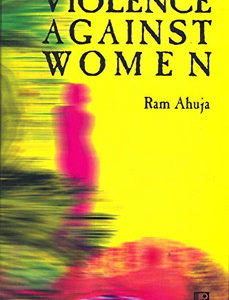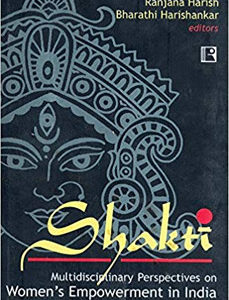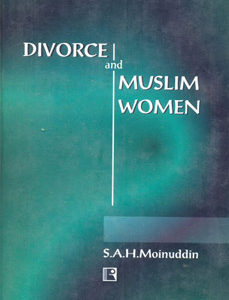GENDER, SOCIAL STRUCTURE AND EMPOWERMENT: Status Report of Women in India
₹995.00 Original price was: ₹995.00.₹796.00Current price is: ₹796.00.
25 in stock
Is the persistence of female-male gaps in human development in India indicative of the low status assigned to women in that cultural setting? Are the various gender ideologies rooted in the different kinship structures leading to a subordinate status of women in India? Does economic development interact with kinship patterns to produce spatial variations in gender relations in India? Do these structural processes affect women’s status differently in different parts of India? In other words, does ‘place’ play a role in the constitution of gender differences in India? The book focuses on the mutual interdependence of gender relations, development levels, and social stratification without underestimating the full significance of each in Indian society.
The earlier narrow focus that considered status as a unitary construct and sought a universal explanation of the low status of women has been replaced in this work by a multidimensional view that argues for conceptualizing status broadly in terms of its economic, social and political dimensions. The contrasting performance of specific states/districts on each dimension clearly indicates that the dynamic and variable nature of women’s status cannot be captured by any one dimension. It is observed that women’s status is affected by kinship structures, development levels and social stratification, which vary over space and time individually and in interaction with each other. It is this variation that leads to differences in women’s position from one region of India to another.
The study will be of interest to students and scholars of geography, development studies, women’s studies, anthropology and political science, and also policy makers.
| Author's Name | |
|---|---|
| Binding | |
| Release Year | |
| Language | |
| Publisher |
Related products
Women Studies
Women Studies
Women Studies
Women Studies
Women Studies
Women Studies











